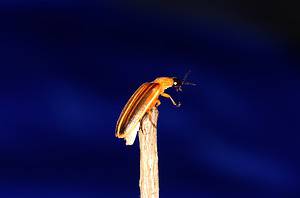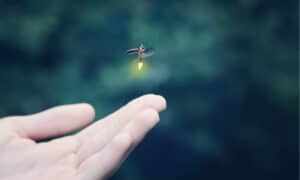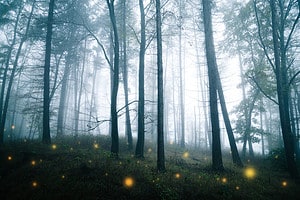If you’re from Florida, you probably grew up calling them lightning bugs. Those glowing, shiny critters made warm summer nights look magical. And there was nothing better than running around in bare feet on freshly cut grass, attempting to catch one as it zipped past you.
Maybe you’re a parent now and want to give your children the same childhood experience you had. Or maybe, you want to relive the past a little and feel the spark of that same summer joy!
Discover the most common fireflies in Florida, including where you can find them and when they come out.
Where Are Fireflies in Florida?
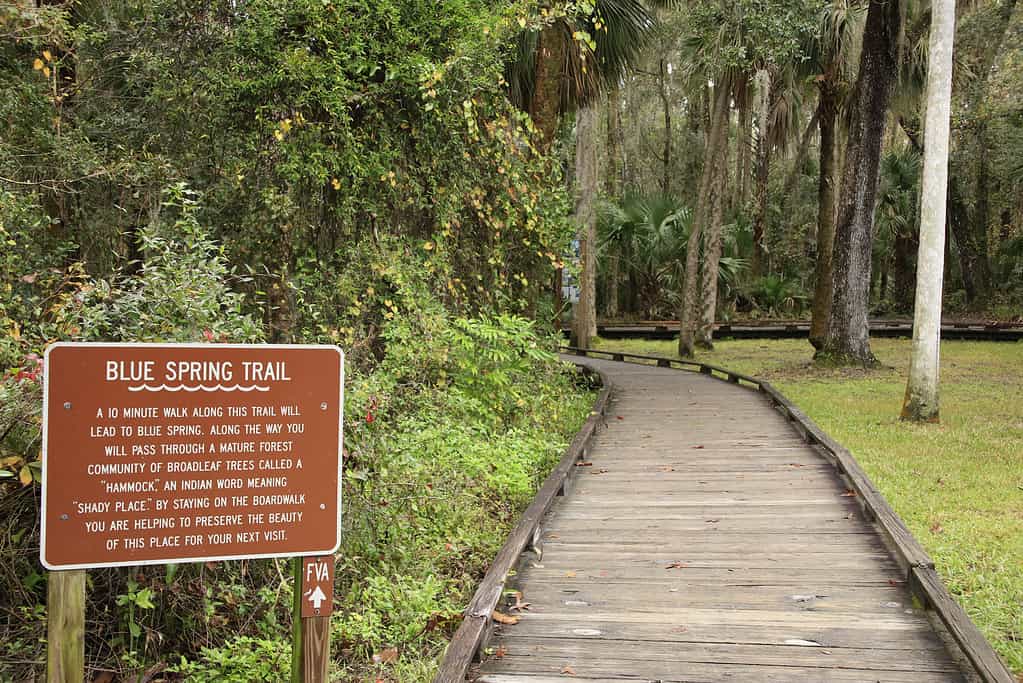
Blue Spring State Park outside of Orlando is probably the most well-known area for firefly sightings.
©SandraG/Shutterstock.com
Fireflies need open fields and forested areas near bodies of water to procreate. And they love warm, moist areas, making Florida a perfect home for them. In fact, Florida has 56 firefly species.
You can find fireflies throughout Florida, especially in more rural settings. And the state parks are some of the best places to find them. Some even have firefly tours and camping areas, where you can spend the night viewing them in all their glory. Blue Spring State Park outside of Orlando is probably the most well-known area for firefly sightings. But Highlands Hammock State Park in Avon Park is another excellent choice. You can also check out the Timucuan Preserve in Jacksonville in early spring, where you can drive around the island and see the lightning show. Or go on a night hike with a ranger through the Theodore Roosevelt Area.
Are Fireflies Rare in Florida?
While fireflies are not necessarily rare in Florida, you may have a difficult time seeing one if you live in heavily developed areas like cities and suburbs. Rural regions near forested areas or fields will have a better chance of attracting these bugs. And, of course, they are plentiful in state parks and nature preserves.
However, many species are threatened due to coastal and forest development, pesticides, and light pollution. Fireflies flash their lights to attract mates and reproduce. Light pollution makes it difficult for them to see each other, decreasing their population inadvertently. But many preservation areas are making comfortable homes for them, where people can witness their spring mating rituals.
When Do Fireflies Come Out in Florida?
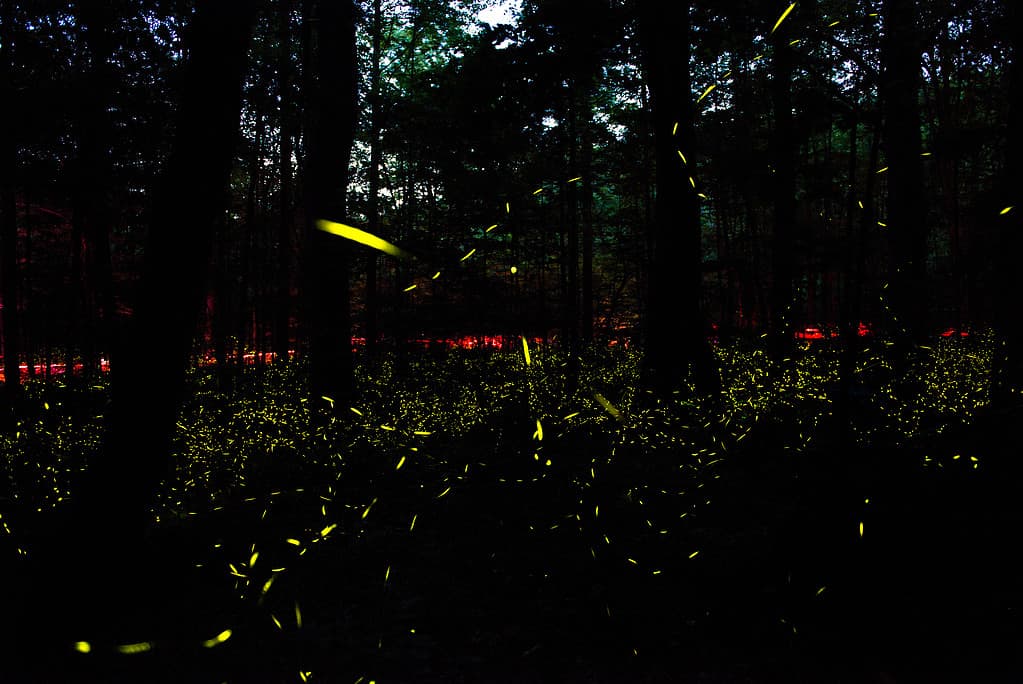
April is one of their most active months of the year, so plan your firefly activities in early spring!
©iStock.com/QEYES
Firefly season begins in early spring (March or April) and last through late summer. Many state parks begin offering firefly tours in early April after sunset. In fact, April is one of their most active months of the year, so plan your firefly activities in early spring! If you don’t go to a state park, try looking for them near bodies of water at dusk.
Some species will flash and flow all night, while others only shine their light for a few minutes. If you want to attract lightning bugs to your property, try planting lots of native shrubs, trees, and grasses. They also like common milkweed, which they use as a food source.
Types of Fireflies in Florida
Fireflies are not actually flies, they are beetles. And many of them have wings and the ability to emit light. They have special abdominal organs that produce light by combining a mix of chemicals, which they can control by regulating the amount of oxygen that goes to these organs.
There are over 2,200 firefly species in the world and 56 in Florida. Here are some of the most common fireflies you might see in the state.
Big Dipper Firefly
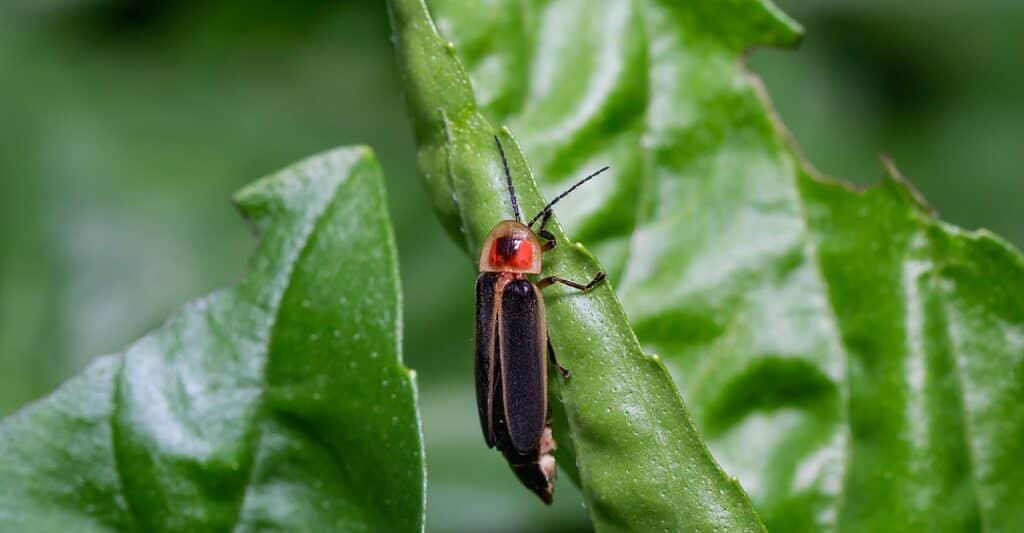
Big dippers have black bodies with thin yellow edges. They are one of the most abundant firefly species in North America.
©iStock.com/ErikAgar
Big dipper fireflies, also known as common eastern fireflies, are one of the most abundant species in North America, especially in the Eastern United States. These light-producing beetles have black bodies with thin yellow edges. Their head shields have red patches with a black dot in the center.
Florida Fishhook
The Florida Fishhook firefly looks similar to the big dipper, but females don’t fly and appear worm-like. You can find this species throughout most of Florida, especially in areas with sand, grass, and trees.
Blue Ghost Fireflies
The blue ghost firefly is known for its bright blue glowing light, making the forest look spooky and magical. They prefer secluded mature woodlands with dense canopy coverings. And you will often see them on the forest floor at night. These bugs are relatively rare, including their blue light.
The photo featured at the top of this post is © Fer Gregory/Shutterstock.com
Thank you for reading! Have some feedback for us? Contact the AZ Animals editorial team.



